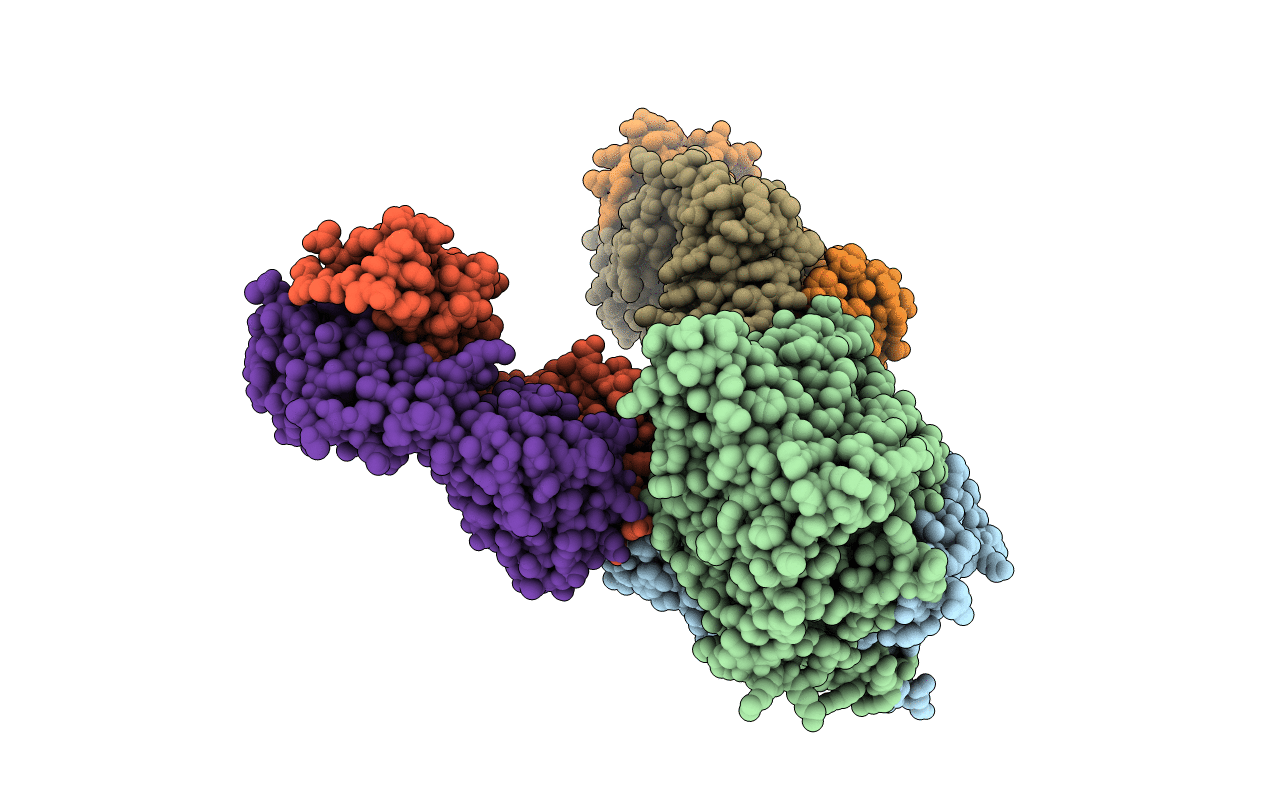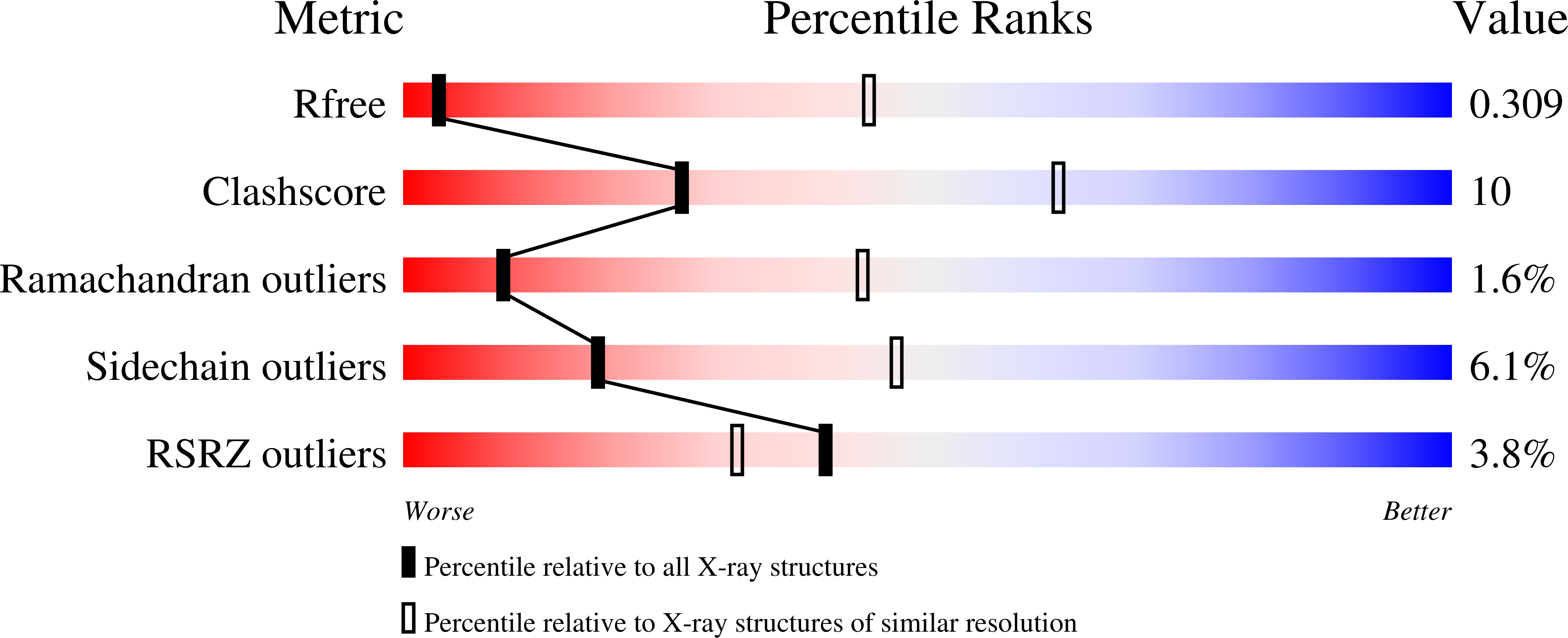
Deposition Date
2005-12-15
Release Date
2006-01-03
Last Version Date
2024-11-06
Entry Detail
PDB ID:
2FEC
Keywords:
Title:
Structure of the E203Q mutant of the Cl-/H+ exchanger CLC-ec1 from E.Coli
Biological Source:
Source Organism:
Escherichia coli (Taxon ID: 562)
Homo sapiens (Taxon ID: 9606)
Homo sapiens (Taxon ID: 9606)
Host Organism:
Method Details:
Experimental Method:
Resolution:
3.97 Å
R-Value Free:
0.32
R-Value Work:
0.26
R-Value Observed:
0.27
Space Group:
C 1 2 1


